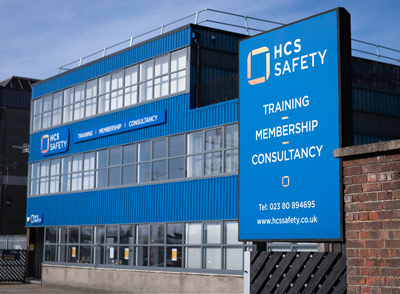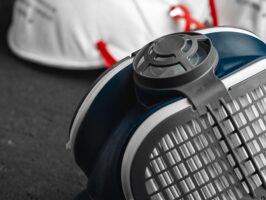Frequently Asked Questions
The use of all types of asbestos was banned in 1999. Although banned, asbestos may still be present in buildings constructed or renovated before 2000, which is why it’s often found in older homes and commercial properties.
Yes, it can be if the fibres become airborne and are inhaled. Diseases caused by asbestos exposure include asbestosis, mesothelioma, and lung cancer, all of which can have serious or fatal outcomes. Asbestosis is a chronic lung disease that leads to scarring of lung tissue, causing breathing difficulties. Mesothelioma is an aggressive cancer that primarily affects the lining of the lungs and abdomen, while asbestos-related lung cancer can develop over time, especially with prolonged exposure.
The risk is highest when asbestos-containing materials are damaged, disturbed, or deteriorating, which releases the fibres into the air. Because of these health risks, handling asbestos requires specialised procedures and protective equipment to prevent exposure.
Such an activity must be carried out by competent persons only. This must be by licensed asbestos removal contractors for the higher risk types of asbestos containing materials, with some types where the fibres are firmly held within the matrix of another material (e. g. good condition floor tiles), these could be removed by competent/trained staff following recognised best practice task sheets (e. g. Health & Safety Executives Asbestos Essentials (HSG 210).
Carrying asbestos surveys will assist in starting to identify possible asbestos containing materials, and from there, only a specialist laboratory using a polarised light microscopy (PLM) can confirm as to whether any suspected material actually contains asbestos fibres.
No, asbestos doesn’t have any smell. Asbestos fibres are microscopic, so they can’t be detected by sight, smell, or taste. This makes asbestos particularly dangerous, as without specialised equipment, people can’t tell if it’s in the air or if they’re being exposed to it.
Asbestos becomes hazardous when materials containing it are disturbed, releasing tiny fibres into the air which can then be inhaled. Long-term exposure to these fibres can lead to serious health conditions such as asbestosis, lung cancer, and mesothelioma. If you think asbestos may be present in older building materials, it’s crucial to have it tested and, if needed, professionally removed or contained to prevent exposure.
Under a microscope, asbestos can be seen to be a fibrous mineral fibre that is either long and curly (serpentine) or needle like (amphibole).
We advise refresher training required after 1 year and full course renewal after 2 years.







